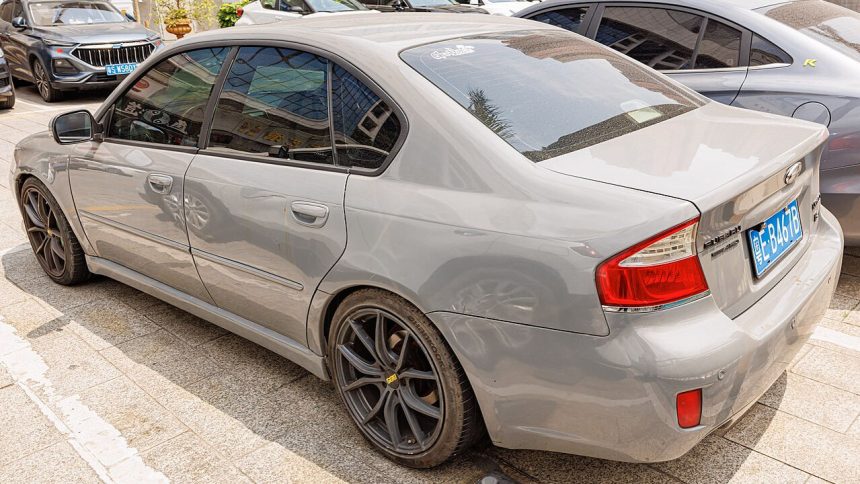If you are new to cars, having a Subaru Legacy vacuum leak can feel like a serious problem. To be honest, it is, like most car problems. However, how serious or expensive it gets depends on how fast you react to the situation.
Ideally, your car’s engine is one gigantic vacuum pump that draws air into the combustion chamber and mixes it with fuel to produce energy.
Once air enters the engine, it is carefully monitored by various sensors that eventually send signals to the ECU. The ECU then calculates the right amount of fuel needed to create the right balance for maximum power output and efficiency.
So, what does it mean when your new Subaru Legacy has a vacuum leak? It means unwanted, unmonitored air is getting into your engine. These leaks can be problematic if not addressed in a timely manner. Fortunately for you, we have outlined the most common signs of a vacuum leak.
Signs and Symptoms of a Subaru Legacy Vacuum Leak
Your car’s engine is very sensitive. Its sensors take time to calculate all the air getting into the engine to get the correct air-to-fuel ratio for combustion. Therefore, when there is a Subaru Legacy vacuum leak, it will throw off the following symptoms:
Check engine light is triggered
Your Subaru Legacy ECU can detect a vacuum leak by comparing data from its sensors. In case there is any inconsistency, and the data doesn’t match up to create the perfect conditions for combustion, your computer will know there is a problem.
The ECU logs a trouble code that shows up as the check engine on your dashboard. Using an OBD II scanner, you can retrieve the trouble code and make the necessary repairs.
Rough idle
The perfect time to assess engine problems is when your car is idle. This is because the engine is sensitive to issues when it is idling. A Subaru Legacy vacuum leak will be very apparent when the vehicle is idling.
Your car’s throttle body is trying to gain a stable idle by opening and closing the throttle valve during idling. In case you have a vacuum leak, your throttle body won’t be able to control it, and the driver will experience erratic idle behavior. Sometimes, it could also mean that the air-fuel mixture is not suitable due to a vacuum leak.
The car stalls
A vacuum leak might cause your car’s engine to die or stall prematurely. If the unmonitored air is excessive, the sensors responsible for combustion might not be able to get the correct data back to the ECU.
When this happens, the engine might die or fail to move when the throttle is engaged. You could also experience a hard start situation.
High idle
The vacuum pressure in your intake manifold on idle occurs because the throttle body restricts the engine from revving up.
Therefore, when there is a vacuum leak in the intake manifold, more air gets into the engine, forcing it to rev up. A driver will experience high RPMS when there is a vacuum leak in the intake manifold.
Sucking sound from your engine bay
When your engine has a vacuum leak, it can sometimes sound like the end of the tube of your vacuum cleaner. Such a sound from your engine bay means that you might have a vacuum leak.
How do I prevent vacuum leaks?
All vacuum leaks can be a pain. However, most are preventable if you act fast. A rule of thumb is to check your Subaru legacy vacuum lines periodically during regular maintenance service.
Make sure you are gentle since most vacuum leaks are caused during regularly scheduled car maintenance services.










